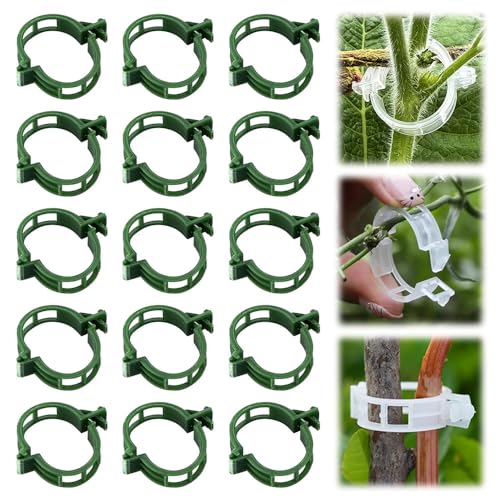Are Palm Trees Native to California?
Introduction
Palm trees are often associated with warm, tropical destinations, and California’s sunny climate seems like the perfect place for them to thrive. However, many people wonder if palm trees are native to California. In this article, we will explore the origins of palm trees in California and shed light on their presence in the state.
The Native Palms of California
Contrary to popular belief, most palm tree species are not native to California. The state is home to only a few native palm species, namely the California fan palm (Washingtonia filifera) and the California fan palm (Washingtonia robusta). These palm trees are unique to the southwestern United States and northern Mexico.
The California fan palm, also known as the desert fan palm, is the only palm tree native to California. It is commonly found in desert oases, canyons, and other arid regions of the state. With its tall trunk and fan-shaped leaves, this palm tree adds a touch of exotic beauty to the California landscape.
The Mexican fan palm, on the other hand, is not native to California but has been widely planted throughout the state. It is often seen lining streets, adorning parks, and gracing private gardens. While not indigenous to California, the Mexican fan palm has adapted well to the state’s climate and has become a familiar sight.


What to Plant in Spring Garden 2025
$5
The ultimate guide for spring 2025 gardening
- Comprehensive Guide
- Easy-to-Follow Steps
- Year-Round Tips
- Organic Practices
- Enhance Your Garden’s Aesthetic
- Download Now and Start Your Gardening Journey!
Non-Native Palm Trees in California
Although most palm tree species are not native to California, they have been introduced and cultivated in the state for their aesthetic appeal and ability to thrive in the Mediterranean-like climate. Some popular non-native palm tree species found in California include:
- Queen Palm (Syagrus romanzoffiana): Native to South America, this palm tree is known for its graceful appearance and feathery fronds.
- Canary Island Date Palm (Phoenix canariensis): Originating from the Canary Islands, this palm tree is recognizable by its thick trunk and long, arching fronds.
- Mexican Blue Palm (Brahea armata): Native to Baja California and Mexico, this palm tree is characterized by its blue-gray foliage and sharp, spiky fronds.
- Chinese Windmill Palm (Trachycarpus fortunei): Hailing from China, this palm tree is cold-hardy and can withstand lower temperatures, making it suitable for various regions in California.
These non-native palm trees have become popular choices for landscaping due to their ability to thrive in California’s climate and their aesthetic appeal. They have become an integral part of the state’s urban and suburban landscapes.
Conclusion
While only a few palm tree species are native to California, the state has embraced palm trees from around the world and incorporated them into its landscapes. The California fan palm and the Mexican fan palm, though distinct in their origins, have become iconic symbols of the state.
So, the next time you see a palm tree swaying in the California breeze, remember that while it may not be native to the state, it has found a welcoming home in the Golden State.
- How do I prepare to plant a vegetable garden?
- What’s the Difference Between Landscaping and Gardening?
- What is your go-to gardening trick?
- how many levels in gardenscapes?
- How to Stew Tomatoes: A Step-by-Step Guide


What to Plant in Spring Garden 2025
$5
The ultimate guide for spring 2025 gardening
- Comprehensive Guide
- Easy-to-Follow Steps
- Year-Round Tips
- Organic Practices
- Enhance Your Garden’s Aesthetic
- Download Now and Start Your Gardening Journey!







